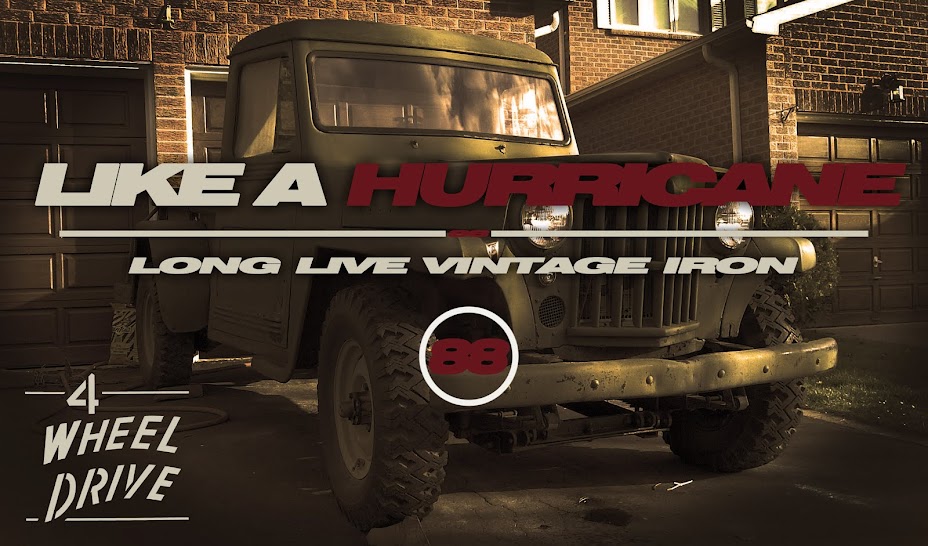March 1, 2013
Now and then you come across deals that you simply cannot
pass up. In my case, this seems to happen with greater frequency than I would
have expected, possibly due to the fact that I’m always watching, or maybe my
patience.
I once again found myself staring at possibly one of the
best deals I’ve bought in ages – better than free 50’s lights, WW2 Toolboxes,
or 600sqft of 60’s flooring for $50. This time, $50 saw me loading a vintage
MYFORD metal lathe into the back seat of my Echo, complete with chuck,
tailstock, toolpost, bits, and a few odds and ends. It had been cluttering my
Uncle’s garage and with the going rate of $50, I snapped it up. Weighing in at
200lbs, it’s a little awkward to get in and out through the back door of the
car, but we managed without destroying the car.
Brief Overview:
This is a British made lathe, and although I haven’t narrowed
the year down yet from the ID stamp, I know it’s between the late 40’s and late
70’s. This was one of MYFORD’s most popular lathes, and parts are still being
made by the original manufacturer today, so replacement parts should be
attainable. It sports a 20” bed with 7” swing, and is backgeared with
screwcutting capability. The 1/2HP motor drives a system of v-belts like you’d
find in a car of the same era, and each of the main bearings have a small oil
canister that drips oil while running. To the best of my knowledge I can use
this on metal, wood, plastic, Renshape, and all kinds of other materials. A little
bit of fabricating can turn it into a modest milling machine, with the cutting
bit in the headstock and the work attached to the carriage (although the ‘mill’
would lack motion in the y –axis direction)
The Good:
- Fairly complete unit, although it does not have
the brigade of accessories that these lathes came with.
- It’s in running order.
- Has had very, very little use over the past 20
years, meaning the bed and carriage show very little signs of wear.
- The heavy grease was a blessing in disguise,
protecting all the vital exposed metal components and much of the original
paint
The Bad:
- The rack-pinion gear for moving the carriage
down the main ‘Way’ is missing, so to move the carriage I have to use the wheel
at the end of the screw cutting shaft… nuisance until I get the part I need.
- The main 65 tooth backgear is missing 3
consecutive teeth. I believe this is for gearing down the lathe but I haven’t
figured it out yet.
- From years of sitting some of the tooling on the
carriage is very, very sticky. A good cleaning and oiling has helped immensely
but I may need to make fine adjustments.
-
-
This does in fact pertain to the old Willys pickup, in that
I should now be able to manufacture small parts such as knobs, bushings, shaft
components, etc.
For now it’s undergone a light cleaning and oiling until it’s
moved into my new house, where I will build a stand for it and hopefully get
years of use out of it.
















